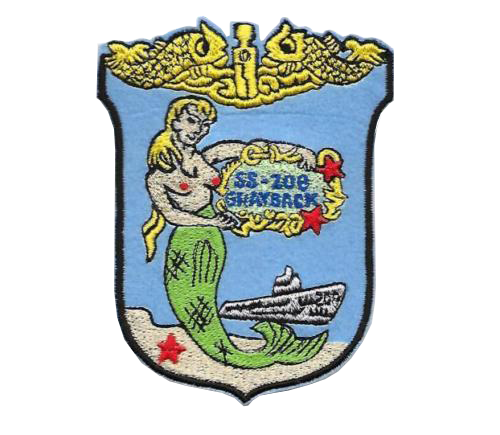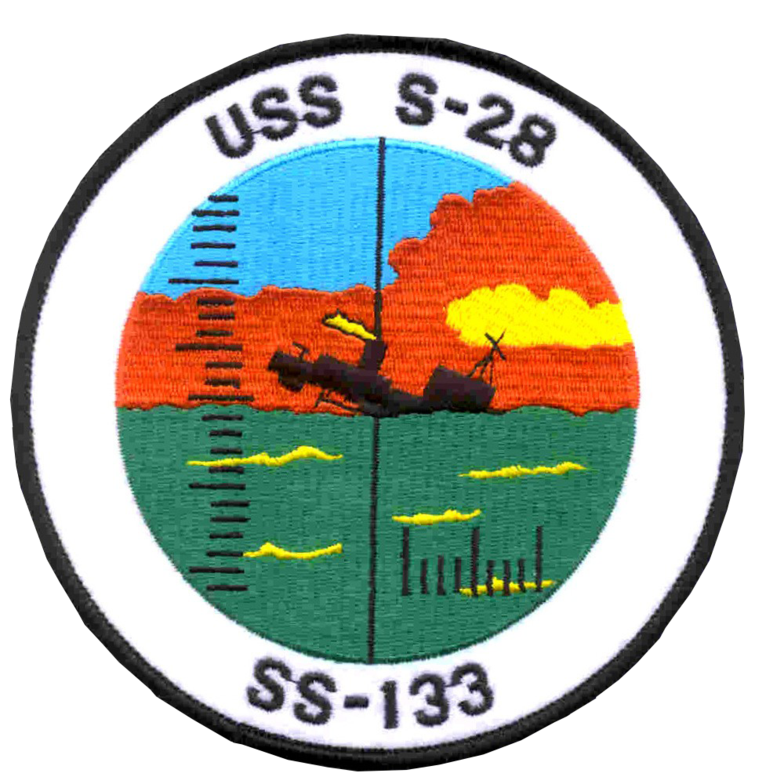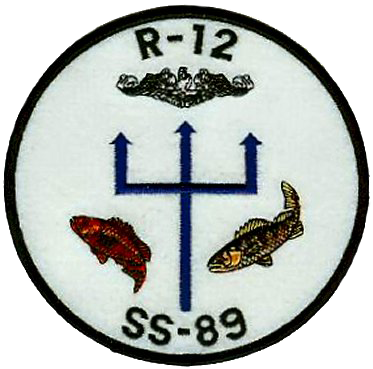Honoring the men, their memory, and their mission
DESTROYERS
Subscribe
Found at last
After 75 years of not knowing exactly what happened to her brother, Earl Halvorson, Marshall resident Elaine Johnson mourns her brother all over again as news is announced that his downed submarine has been found
MARSHALL - Earl Halvorson of Marshall enlisted in the U.S. Navy at the age of 17 after the Japanese bombed Pearl Harbor in 1941.
“He felt it was his duty,” said his sister, Elaine Johnson of Marshall.
The Halvorson family, which comprised five children and their mother, Amelia, were originally from Minneota. Amelia was a Possail. Their father, Johnnie, had died in 1932 at the age of 34. When Johnson was 10, they moved to Marshall. They lived on Saratoga Street, down the street from the Schwan family.
“I graduated with Marvin Schwan,” Johnson said.
In 1941, President Franklin Roosevelt called for volunteers for submarine service.
“Earl went to submarine school,” she said. “We received a letter saying he was at the top of his class.”
Three years later family received a telegram saying Earl was lost at sea and most likely had perished.
The day Earl left, their mother asked if she could walk with him to the bus station. He said no, he didn’t want any tears.
“I stayed in my bedroom,” said Johnson. Later she wished she had gone downstairs to say good-bye to her older brother, but on further reflection she felt it was good the mother and son had had that time alone together.
The USS Grayback was launched on Jan. 31, 1941, according to the Naval History and Heritage Command, and quickly earned a fearsome reputation in the Pacific Theater. During 10 war patrols, it sank 14 enemy vessels, including Japanese submarines. In January 1943, the sub’s crew also rescued six downed U.S. aviators from Munda in the Solomon Islands, for which her commanding officer was awarded the Navy Cross. The Grayback received eight battle stars for World War II service.
Japanese records indicate that the sub was sunk by a 500-pound bomb dropped by a naval bomber in February 1944. The bomb hit aft of the Grayback’s conning tower and the sub sank with the loss of her 80-strong crew.
Though he was presumed dead, his family held out hope for his return.
“They kept telling me he was dead, but I didn’t believe it,” she said.
After 1944, Johnson’s mother wrote letters to the other mothers whose sons were on the Grayback.
“She wrote to 46 out of the 80 young men’s mothers, and the mothers wrote back,” Johnson said.
The wreck of World War II submarine USS Grayback has been discovered off Japan 75 years after its sinking by a Japanese bomber. The submarine was found on June 5, by the Lost 52 Project, which locates lost U.S. World War II submarines. In a statement translated from Japanese, the Lost 52 Project explained that the USS Grayback (SS-208) is the first U.S. submarine discovered off the coast of Japan. The submarine sits upright on the bottom in 1,400 feet of water. The discovery was officially verified by the United States Navy and the families of the deceased crew members were notified.
Johnson said she wasn’t officially notified. She only found out because her nephew, Terry Gniffke, heard a radio report around Veterans Day at his home in Mexico.
“He called me and said, “Aunty, they found the Grayback,” Johnson said.
She was heartbroken yet relieved to finally have closure.
“I sobbed and sobbed and sobbed,” she said. “They found him.”
Hearing the news brings it all up like it was yesterday. She thinks of his final resting place, the quiet, the water surrounding the sub, the fish swimming around.
Every year on Memorial Day, Johnson has flown a black “POW/MIA You Are Not Forgotten” flag. Her daughter, Deborah Anderson, recently bought her an American flag to fly.
The USS Grayback is the fifth sub discovered by the Lost 52 Project, according to the website, http://www.lost52project.org.
Photo by Karin Elton Elaine Johnson, 90, of Marshall holds a POW/MIA flag that she has flown for her brother, Earl Halvorson (left photograph), for years on Memorial Day. Next year, she will fly the U.S. flag for him.










